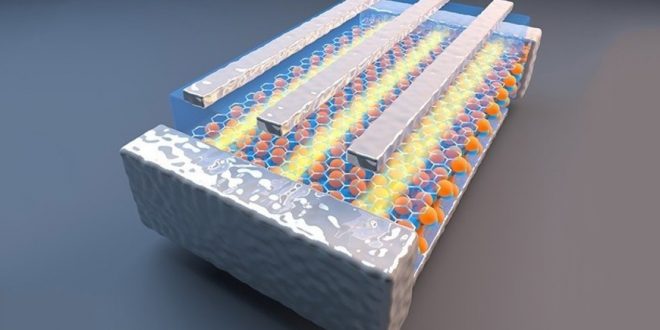Scientists from Concordia University Research Chair in Nanoelectronics and Quantum Materials have made a breakthrough that could help your electronic devices get even smarter.
Andrew McRae, the paper’s lead author, explains the research. “Our study sheds light on problems engineers face when building molecular nanoelectronics, and how they might be able to overcome them by harnessing the quantum nature of electrons,” he says.
“We have shown experimentally that we can control whether or not positively and negatively charged particles behave the same way in very short carbon nanotube transistors. In particular, we have shown that in some devices of about 500 atoms long, the positive charges are more confined and act more like particles, while the negative charges are less well confined and act more like waves.”
These results suggest new engineering possibilities. “This means that we can take advantage of the quantum nature of electrons to store information,” says McRae.
Maximizing the differences between the way that positive and negative charges behave could lead to a new generation of two-in-one quantum electronic devices, he explains. The discovery could have applications in quantum computing, radiation sensing and transistor electronics.
This, in turn, could eventually lead to smarter and more efficient consumer electronics.
Ultra-short quantum transistors
“The most exciting implications are for building quantum circuits with single devices that can either store or pass quantum information along with the flick of a switch,” says McRae.
“Our study also shows that we can build devices with dual capabilities, which could be useful in building smaller electronics and packing things in more tightly. In addition, these ultra-short nanotube transistors could be used as tools to study the interplay between electronics, magnetism, mechanics and optics, at the quantum level.”
Their findings, which examine electron behaviour within nanoelectronics, have been published in the journal Nature Communications.
Agencies/Canadajournal
 Canada Journal – News of the World Articles and videos to bring you the biggest Canadian news stories from across the country every day
Canada Journal – News of the World Articles and videos to bring you the biggest Canadian news stories from across the country every day



